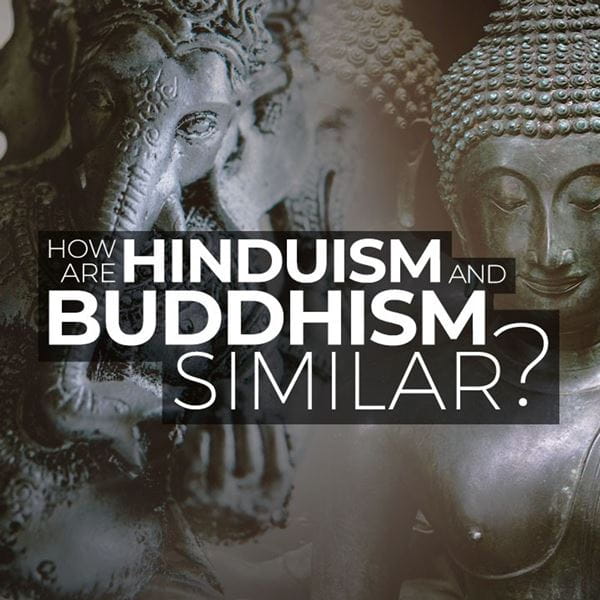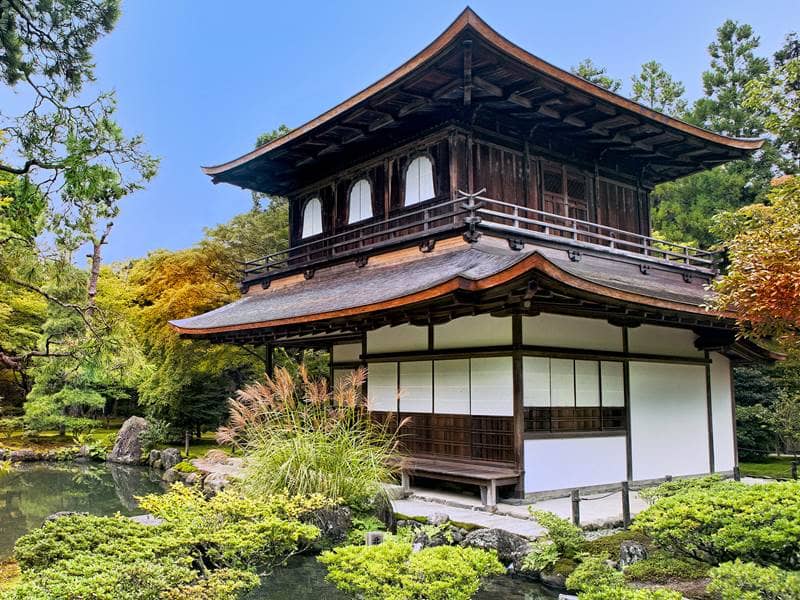
- Trending:
- Pope Leo Xiv
- |
- Israel
- |
- Trump
- |
- Social Justice
- |
- Peace
- |
- Love
The 100 Most Holy Places On Earth
Higashiyama Jisho-ji

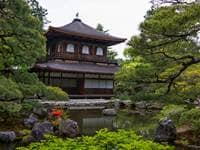
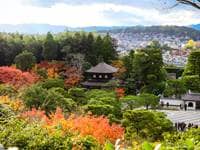
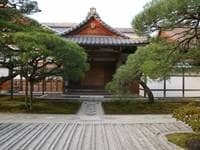
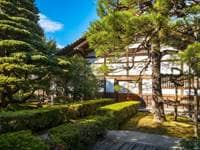
Associated Faiths:
Zen Buddhism Also frequented by Buddhist from other denominations as well
Accessibility:
The grounds (and its tow gardens) are open to visitors, though the building itself is typically closed to the public.
Annual Visitors: unknown
History
Jishō-ji (or the “Temple of Shining Mercy”) is a Zen Buddhist temple which rests along the eastern mountains of Kyoto—and as part of the Higashiyama’s mountain range. (Zen is a sub-denomination of Mahayana Buddhism.) The temple is often called by the name Ginkaku-ji, which means “Silver Pavilion”—though the temple is not silver in color, nor covered in silver. Tradition says there are a couple of possible reasons why it has this unique name. According to some, the title Ginkaku-ji may simply be a way to differentiate it from the nearby “Golden Temple.” Others claim that the initial plan was to cover the exterior with silver metal—though that claim can only be dated to the 17th century and, thus, is not likely the source of the nickname. However, others suggest that Jishō-ji’s dark exterior—once coated in a black lacquer—originally appeared silvery when the light of the moon reflected off of the building’s walls.
Jishō-ji was constructed in 1482 CE, at the request of Ashikaga Yoshimasa, a Shōgun (or government official) who had the structure built to serve as his retirement villa. The building was designed to mirror the Kinkaku-ji Temple (known as the “Golden Pavilion”)—which rests at the base of Kyoto’s northern mountain. The “Golden Pavilion” was the retirement residence of Ashikaga Yoshimasa’s grandfather, Ashikaga Yoshimitsu. In 1490, the retirement villa was converted into a functioning Zen Temple—because Yoshimasa had passed away and the complex was no longer needed as his place of retirement.
The Jishō-ji shrine complex consists of Ginkaku-ji (or the Silver Pavilion Temple), a half-dozen other temple buildings, and two gardens—one moss and one sand (both suitable for walking). Smaller than his grandfather’s retreat, the “Silver Pavilion” became an important cultural center because of Yoshimasa’s deep love for art. The “Kitayama Culture,” as it became known, is famous for giving us various important Japanese cultural components, such as its famous tea ceremony, in addition to its own form of theater, architecture, garden design, and floral arrangement. It even produced its own form of poetry.
While the Jishō-ji shrine pavilion dates to 1482 CE, it is unique in that it is one of the only 15th century buildings in the complex which have remained standing since its construction in the 1480s. A series of earthquakes and fires have done significant damage to the temple complex at different times during its 400-year plus history. While renovations and reconstruction have seemingly been non-stop at the site, the Silver Pavilion Temple (and one other structure on the site, known as Togudo) have miraculously survived (with only minor repairs needed).
Religious Significance
Unlike Jishō-ji, the Kinkaku-ji Temple (or “Golden Shrine Pavilion”) is lined with a number of “tourist traps.” For example, near the main temple are machines which will grant you a paper fortune. Also, on the grounds, there are statues with a small hole into which visitors attempt to toss coins in the hopes of making a wish come true. But those are not the kinds of “trappings” one finds at the “Temple of Shining Mercy” (or Jishō-ji). Beyond its “moss garden,” it has its “dry sand garden”—which is a groomed white-sand lawn, manicured to perfection. The “Philosopher’s Way” is a cherry-blossom lined path visitors enjoy traversing while engaging in quiet contemplation. There is a tranquility on the grounds of Jishō-ji which is different than its older “golden” sister shrine. It feels more like “sacred space” because it has been less developed, less commercialized, than its sister shrine.
While the temple complex is from the Zen Buddhist tradition, the influence of Shinto upon the design and placement of the temple is undeniable. (In Japan, Buddhism, Shinto, Taoism and Confucianism are often hard to distinguish—with two or more of these traditions frequently blending together into one.) The handful of buildings associated with Jishō-ji ambiguously blend into their wooded surroundings. The Silver Pavilion Temple, with its dark-toned structures, fades into its natural surroundings—and gives the sense of a complete rejection of the “world” (often present in Buddhist) and a retreat into the world of the kami (so central to Shinto belief). Thus, there is a dualism to its sacrality.
As a tourist, you cannot enter the Jishō-ji Temple; you can only walk the grounds. Nonetheless, there are a half-dozen smaller temple designed for visitors who wish to spend some time in contemplation or prayer. While retreating into one of the buildings adds a bit of extra “quite” while you pray, truth be told, the entire site is so serene and awe-inspiring, you are most likely to find yourself praying as you walk—no “temple” needed to commune with God on this site!
Some feel closest to God in a temple, a shrine, a cathedral, or a church. However, the Ginkaku-ji (or Silver Pavilion Temple) has become a popular place of pilgrimage because it reminds those who visit that—regardless of one’s religion or denomination—nature is one of the places we can all find God. And, in that regard, nearly all visitors to the Jishō-ji Temple feel that they are traversing “hallowed” ground.
While this sacred edifice is called the “Silver Shrine Pavilion,” it has no silver on it—unlike its sister temple, the “Golden Temple Pavilion,” which gimmers gold because its top two stories are covered in a gold-colored metal. However, it’s precisely because of Jishō-ji’s lack of adornment that it stands out as unique. It has a sort of understated elegance. And, architecturally, Ginkaku-ji embodies the Japanese aesthetic of wabi-sabi, which is the art of “finding beauty in imperfection.” That fact is, in itself, a spiritual message. In a world that exhibits remarkable pressure (particularly on women) to look beautiful and to dress beautifully, the Silver Shrine Pavilion offers a different message. It mirrors the truth that beauty is in the eyes of the beholder, and beauty is not found in physical adornment, but in the peace that is to be found in “taking in” nature and all its organic beauties. Many spiritual truths are wrapped up in that approach to life and the divine.





